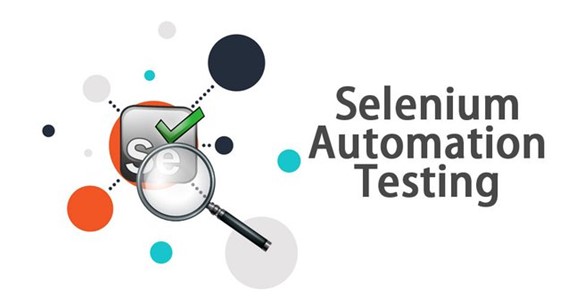This article will take you through some common challenges faced in Selenium automation.
Selenium Automation testing helps developers and testers to test web applications easily. Yet, there are certain challenges it poses to them
Challenges faced in Selenium Automation:
1. Cross Browser Testing: Because it supports various languages and operating systems, Selenium is commonly used for automated cross-browser testing of web apps. Many developers discovered that some web app components operate in one browser but not in others while automating cross-browser testing with Selenium. It is critical to ensure that your web app functions properly on all browsers; otherwise, you risk losing many visitors. To circumvent this problem, run the script multiple times on different browsers and examine the results. If it doesn’t work in some browsers, you’ll need to adjust your locator technique.
2. Support for Web Apps: Selenium automation only works for web-based applications. That means it does not support testing on Mobile devices, be it any operating system. Though this is a considerable limitation, it can still be overcome by using web automation tools.
3. Scalability: Although Selenium allows you to test on nearly every browser and operating system, the number of tests you can run at once and how rapidly they can be executed are still limited by the number of hub/node-setups you have.
The fundamental purpose of automated testing is to run as many tests as feasible in the shortest amount of time possible. Your web project may have short test builds at first, but the test will extend with each sprint as it expands. You can execute automated testing sequentially with Selenium WebDriver, but it might not be as effective as you’d like. As a result, Selenium isn’t the most scalable automation testing solution.
Click here – The Various Use Cases of Data Annotation
4. Operating multiple tabs simultaneously: Selenium has this feature that allows you to test your application on multiple tabs. But it becomes a hurdle if you do not know the correct usage of this functionality. To get around this problem, try storing the current window handle in one variable and then going to the new window and storing it in the other. Then, utilise the switchTo function to switch between the two windows depending on your needs.
5. Reporting: Although Selenium can greatly increase automated testing capabilities, it is unable to create effective testing reports due to various restrictions. After performing test cases, every tester needs a solid testing report because it helps assess the complete test scenario and detect errors.
6. Pop-up window: Although the pop-ups we see on our screens during automated testing are part of the operating system, Selenium frequently fails to record them in web apps, making it difficult for developers to automate this process. Furthermore, because windows-based warnings are part of the operating system, not the browser, they are beyond Selenium’s capabilities. Because the Selenium WebDriver can handle multiple windows, you can generally handle web-based alerts by using the switchTo approach to control the pop-up while the browser is running in the background.
Everything has two sides, and so Selenium comes with a set of drawbacks. But as mentioned, there are ways to overcome these issues. Like selenium, there are other web automation tools. Moreover, they might also help you overcome certain challenges possessed by Selenium.
Click here – Cooking Guide: 8 Tricks That You Should Know in Kitchen






